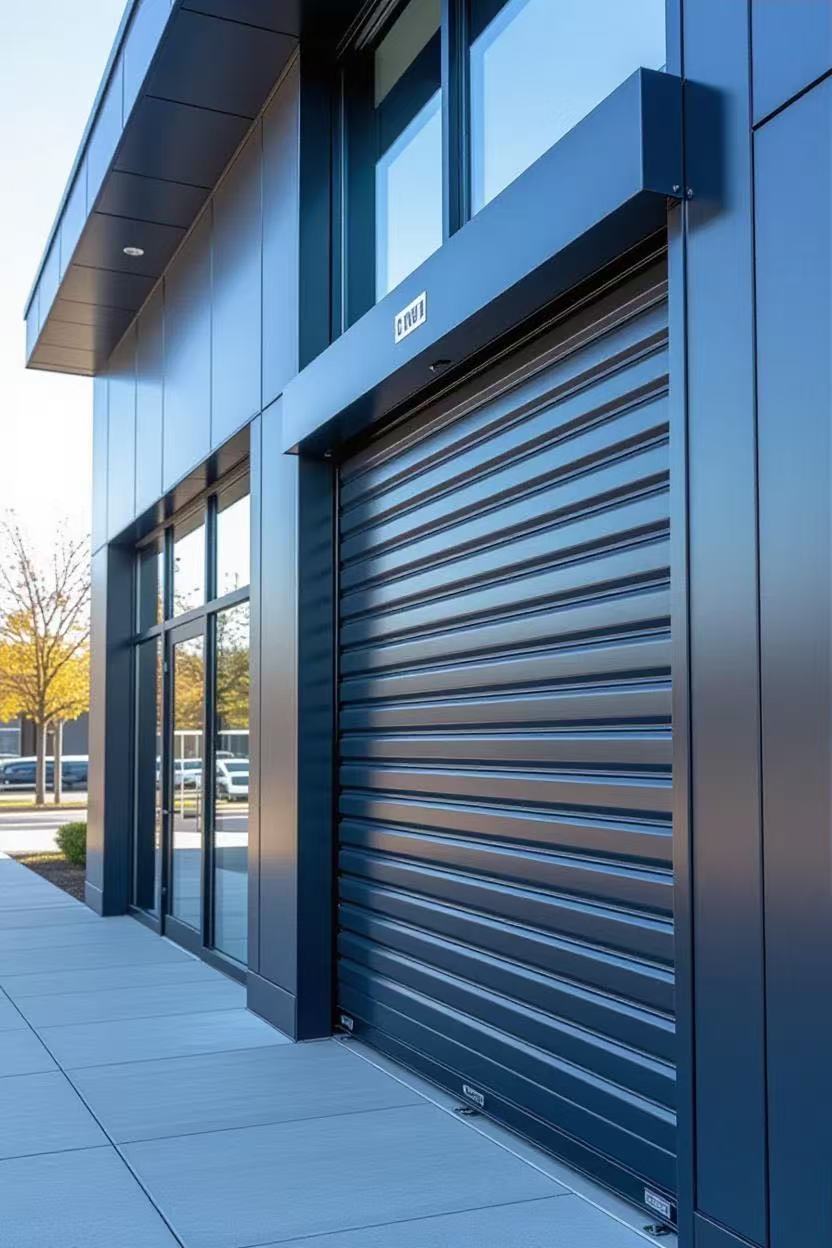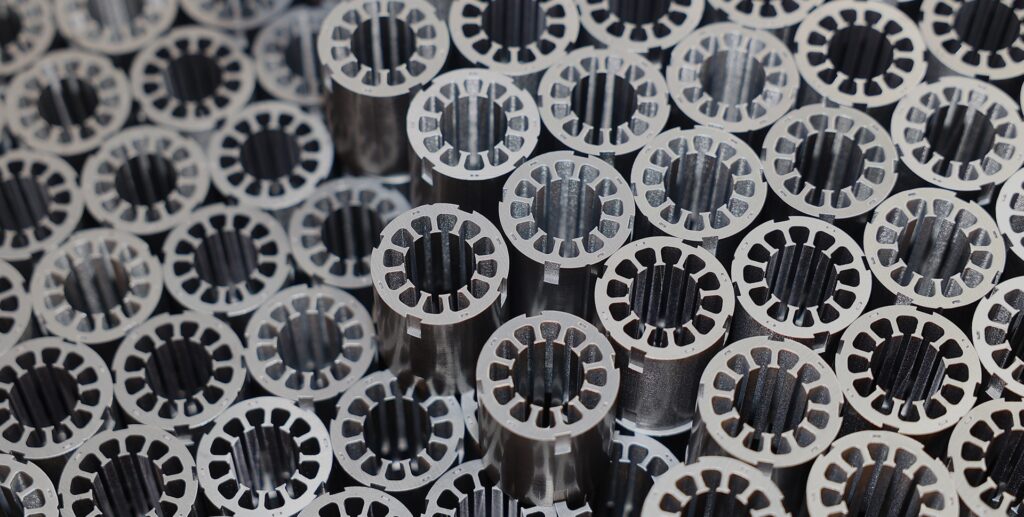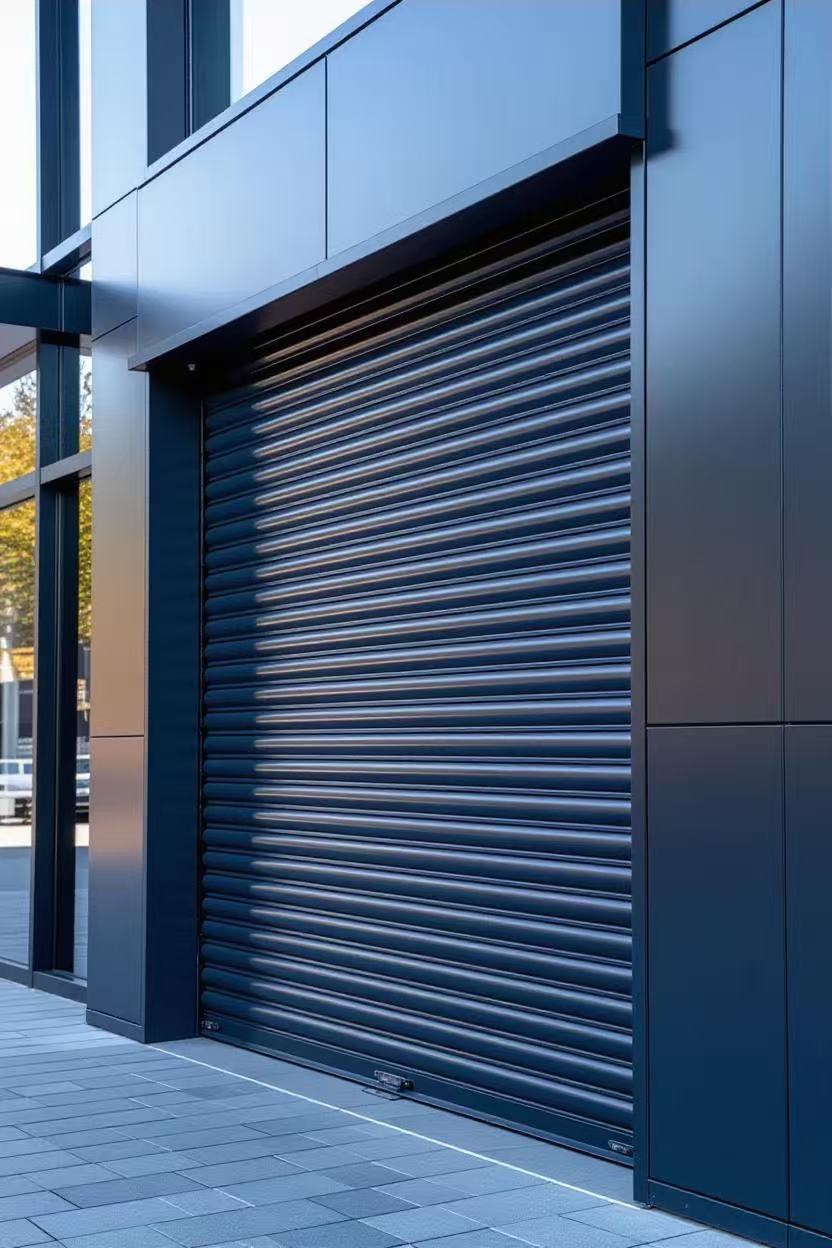How to Choose a Motor for a Motorized Rolling Door
When selecting a motor for a motorized rolling door, several factors must be considered to ensure you pick the right one for your application. The motor’s power, size, torque, and control options all play a role in how well it will perform. A high-quality motor will ensure the door operates smoothly, efficiently, and safely. Here’s a step-by-step guide to help you choose the perfect motor for your motorized rolling door.
1. Determine the Type of Motorized Rolling Door
Before selecting a motor, it’s important to understand the type of motorized rolling door you’re working with. Different types of rolling doors require different motor specifications. Common types include:
- Standard Motorized Rolling Doors: These are typically used in garages, warehouses, or industrial buildings.
- Fire Rated Motorized Rolling Doors: Used for fire safety in commercial or industrial settings.
- High-Speed Motorized Rolling Doors: Often used in environments that require quick door opening and closing, like warehouses with high traffic.
Each type of motorized rolling door may require a specific type of motor that can handle its weight, speed, and operational demands.
2. Consider the Weight and Size of the Motorized Rolling Door
One of the most important factors in selecting a motor is the weight of the motorized rolling door. Heavier doors require motors with higher torque ratings. To determine the appropriate motor power, you’ll need to measure the weight and size of the door.
- Light Doors: Smaller motorized rolling doors, such as those for garages or small commercial spaces, typically require motors with lower torque (e.g., 150 Nm to 300 Nm).
- Heavy Doors: For industrial or fire-rated doors, you’ll need motors with higher torque, typically ranging from 500 Nm to 1500 Nm or more.
Make sure to check the manufacturer’s specifications for the maximum weight the motor can handle to ensure it can operate efficiently.
3. Calculate the Torque Requirements
Torque refers to the rotational force needed to move the door. It’s directly related to the weight and size of the motorized rolling door. To calculate the torque needed, use the following formula:
Torque=Weight×Distance from center of axis2Torque=2Weight×Distance from center of axis
Generally, heavier doors require higher torque motors. Make sure the motor you choose matches or exceeds the required torque based on your door’s weight and size.
4. Motor Speed for Your Motorized Rolling Door
The speed of the motor determines how fast the door will open or close. For most residential and commercial motorized rolling doors, a moderate speed is sufficient, but for specific applications like high-speed doors in industrial environments, faster motors are needed.
- Standard Speed: Most motorized rolling doors operate at around 12 to 20 inches per second.
- High-Speed Motors: These motors operate at speeds of up to 40 inches per second or higher, depending on the application. High-speed motors are essential for environments where quick access is critical, such as cold storage or high-traffic warehouses.
When choosing a motor for your motorized rolling door, consider the balance between speed and energy efficiency. While faster motors provide convenience, they may consume more power.
5. Power Supply and Voltage
Rolling door motors are available in various power supply options:
- AC Motors: Most common in residential and commercial applications, AC motors are reliable and cost-effective.
- DC Motors: Typically quieter and more energy-efficient, DC motors are used in settings where noise reduction and energy savings are critical.
- Single-Phase vs. Three-Phase: For residential and smaller commercial applications, single-phase motors are usually sufficient. However, for larger industrial motorized rolling doors or high-speed doors, three-phase motors are often required for greater power output.
Check the motor’s power supply and voltage requirements to ensure compatibility with your electrical system.
6. Control Options for Your Motorized Rolling Door
The type of control system you need for the motor will depend on how you want to operate the door. There are several control options available:
- Manual Controls: Simple wall-mounted switches or push buttons that control the door’s up-and-down movement.
- Remote Control: Allows you to open or close the door from a distance using a remote device.
- Smart Controls: Many modern motors can integrate with smart home or building automation systems. This allows you to control the motorized rolling door via your smartphone, voice assistant (e.g., Alexa, Google Assistant), or automated schedules.
Ensure that the motor you choose for your motorized rolling door has the appropriate control system for your needs. If you need to connect the door to a smart system, make sure it is compatible.
7. Safety Features for Your Motorized Rolling Door
Safety is crucial when selecting a motor for a motorized rolling door. Look for motors with built-in safety featuressuch as:
- Overload Protection: This prevents the motor from burning out if the door becomes jammed or overloaded.
- Automatic Reversal: In case of an obstruction, this feature automatically reverses the direction of the door to prevent damage.
- Emergency Manual Override: This allows the door to be manually operated during power outages or motor malfunctions.
- Safety Sensors: Some motors come with safety sensors that detect objects in the path of the door and prevent accidents.
8. Motor Noise and Vibration
The noise level and vibrations produced by the motor are also important factors to consider. In residential areas or offices, you may prefer a quieter motor to avoid disruptions. Look for motors designed to minimize noise and vibration, especially if the door is frequently used.
9. Durability and Maintenance of the Motorized Rolling Door Motor
Finally, consider the durability and maintenance requirements of the motor. Choose a motor made from high-quality materials that can withstand the elements, especially if the door will be exposed to weather conditions. Regular maintenance, such as lubrication and cleaning, will also help prolong the life of the motor.
Conclusion
Choosing the right motor for a motorized rolling door requires careful consideration of factors such as the door’s size, weight, torque, speed, and power supply. By understanding your specific needs and choosing a motor with the right specifications, you can ensure smooth and reliable operation for years to come. Be sure to work with a professional to select the best motor for your motorized rolling door system and to ensure proper installation.
Tubular Motor FAQ
Zhejiang Walt Mech Electrical Co.,Ltd.



